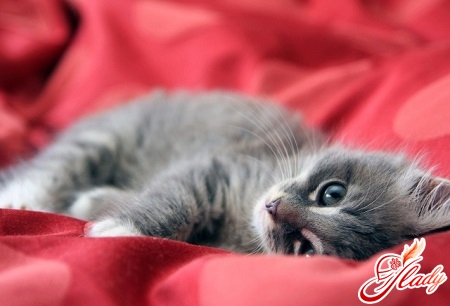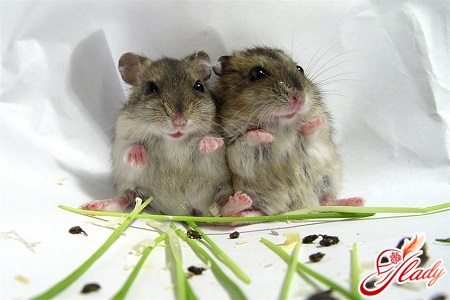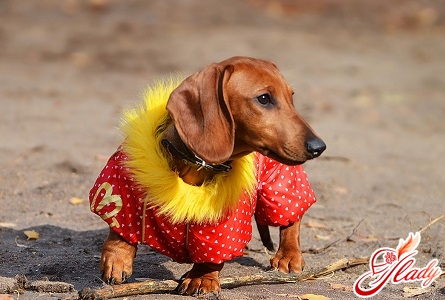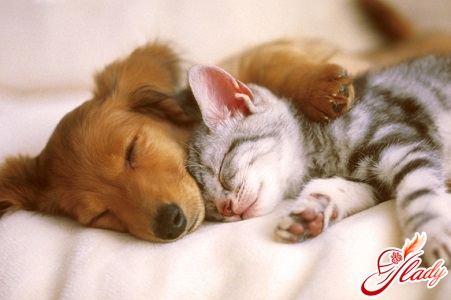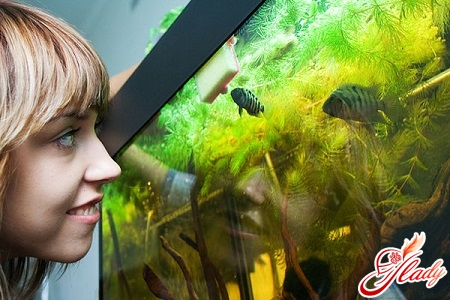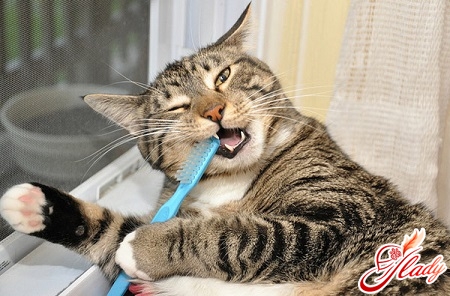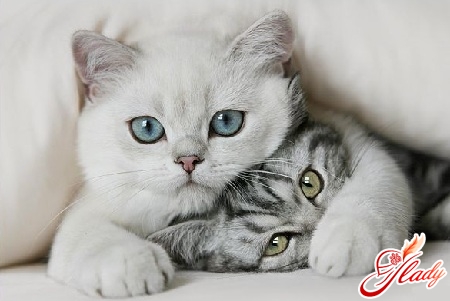 When asked how long pregnancy lasts,cats, the specialized literature gives a precise answer: "The average pregnancy period for cats is nine weeks." However, these are only conditional figures (like nine months for humans). During a normal pregnancy, a cat carries her offspring for fifty-eight to seventy-two days. What determines the different pregnancy periods, and how does it proceed? Let's figure it out.
When asked how long pregnancy lasts,cats, the specialized literature gives a precise answer: "The average pregnancy period for cats is nine weeks." However, these are only conditional figures (like nine months for humans). During a normal pregnancy, a cat carries her offspring for fifty-eight to seventy-two days. What determines the different pregnancy periods, and how does it proceed? Let's figure it out.
Different periods of pregnancy
Firstly, there is an opinion that short-hairedand long-haired cats have different gestation periods. And although there is no scientific basis for this fact yet, it does exist. For example, it has been noted that usually (but not always!) long-haired cats carry kittens longer. Their pregnancy lasts from sixty-three to seventy-two days. Short-haired cats wait for the birth of their offspring from fifty-eight to sixty-eight days. And Siamese and Abyssinian cats (supposedly!) carry kittens longer than usual. The gestation period of cats directly depends on the number of kittens carried. Most often, large litters are the reason for a shorter gestation period. And if a cat carries more than five kittens, then she gives birth to them earlier than the average term. However, the birth of even a very large litter (from eight to twelve kittens), which begins before the lower limit of the gestation period (less than 58 days), is considered a pathology. And such premature kittens often do not survive. A protracted pregnancy can be caused by a small number of kittens in the litter, and stress to which the pregnant cat is subjected during the last period of bearing kittens. At the same time, a delay of one week in giving birth is considered quite acceptable and does not affect the health of the newborns. However, a longer delay requires human intervention, otherwise everything can end badly. But in any case, the owner can control the pregnancy period only if he knows the exact date of mating and, accordingly, conception, which occurs a day or two after mating. This is the "starting point" of the pregnancy period.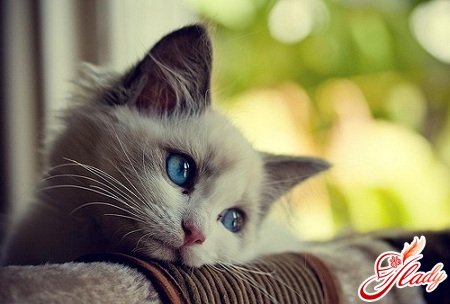
Pregnancy Calendar
A cat's pregnancy is usually divided into threemain periods. First trimester After conception, the fertilized egg (zygote) attaches (implants) to the wall of the uterus, and during the first week the cell reaches the size of a speck of dust with a diameter of three tenths of a millimeter. During this period, the future kitten looks more like an empty bubble with a knot. The bubble itself will then participate in the formation of the placenta, and the "knot" will develop into an embryo.
- Interesting! Biological scientists found out that the attachment site for each embryo is individual, determined in advance and depends on the sex of the future kitten.
Each kitten develops individuallycocoon called "chorion". This cocoon is surrounded by the placenta, which provides nutrition to the fetus. The placenta is covered with villi, the number of which is adjusted by the rate of growth of the embryo.
- Interesting! If the villi of one placenta straighten, then their area is five square meters. If during this period the villi are intertwined with a placenta of different-sexed kittens, then false hermaphrodites will appear.
By the fifteenth day of pregnancy, the embryoreaches a size of two to ten millimeters. Its head becomes noticeable, and the rudiments of the brain appear. By the eighteenth day, the paws begin to form. By the twenty-first day of pregnancy, the rudiments of the auditory canals are formed, pigmentation of the future eyes appears, and the internal organs begin to develop. It is at this time that the first external signs of pregnancy become noticeable: the cat's nipples turn pink and enlarge. Second trimester It is during this period of pregnancy that the embryo turns into a fetus and begins to look like a very, very small cat. How does this happen? First, the embryo forms the upper lip, earlobes, and fingers. The skeleton, muscles, internal and genital organs continue to develop. The spinal cord, jaws, tongue, and palate are formed. The hormonal system begins to develop. By the end of the second trimester, the muzzle is formed: cheeks, chin, nose, and mouth appear. The bones begin to be saturated with calcium and teeth are formed (deep in the jaws). The internal organs are placed in their designated places, the head increases in size, eyelids and triangular ears appear. The head develops cheeks, chin, nose and mouth. External genitalia are formed, and claws appear on the fingers.
- Interesting! Pussycats develop faster than fur seals. And the number of fruits in this period is already difficult to determine.
Third trimester The last stage of pregnancycats. At the beginning of this period, the fetus grows to eight centimeters. The skin becomes thicker and gathers into folds, the ears increase in size, and the tail lengthens. By the forty-fourth day, silky fur appears, and four days later it acquires color. At this time, the fetus grows to twelve centimeters. From the fifty-eighth day, the formation of the fetus is considered complete, and all the remaining days precede labor. Twelve hours (or even a day) before labor, the cat's rectal temperature drops to thirty-seven and a half degrees, and the prenatal period itself can last up to one and a half days.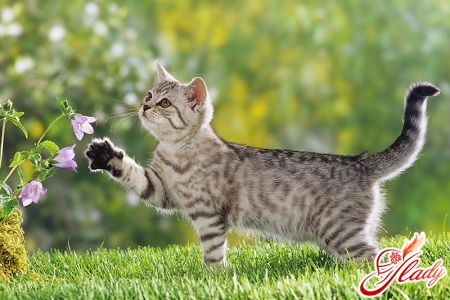
P.S
A normal healthy cat will give birth without problemsprecisely the time allotted by nature. And how many days exactly her pregnancy will last depends on the individual characteristics of the cat itself. However, a successful pregnancy in cats cannot last longer than seventy-two days and less than fifty-eight. On average, a cat carries her offspring for two months. And here's what's interesting!
- Sexual maturity of the cat is already reached by five months, and cats only to nine.
- For his life, a cat can give birth to more than a hundred kittens.
- On average, the cat gives two or three litters a year.
- In one litter, kittens from different fathers may be born.
- The offspring of one pair of cats in seven years will reach four hundred twenty thousand individuals.
Truly amazing animals! We recommend reading:




